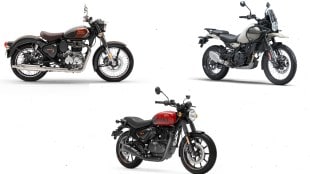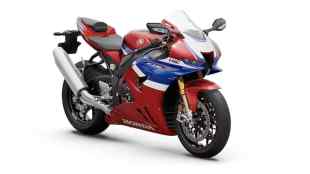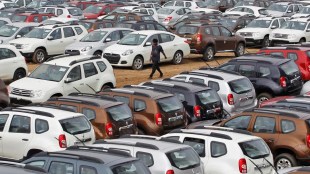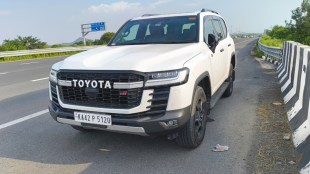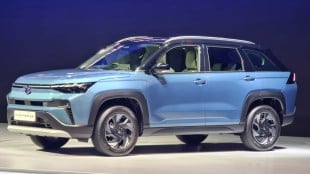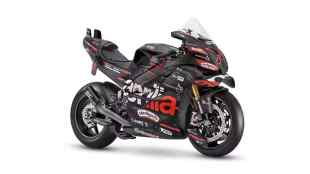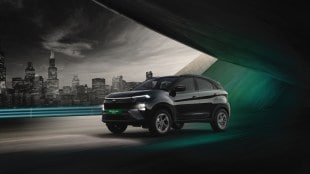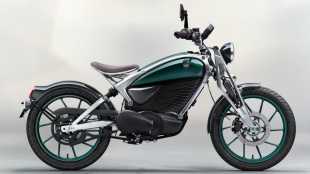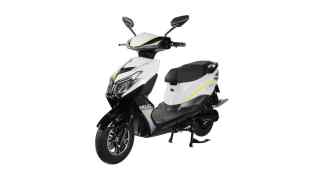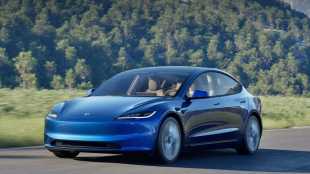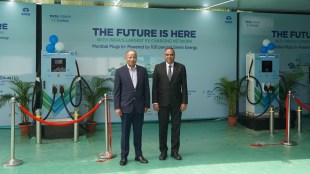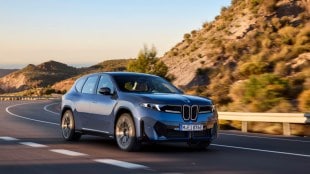The times they are a-changin. This song title from Bob Dylan couldn’t have been more apt for the rapid developments in infrastructure and automobile sectors. Gone are the days when one had to negotiate pothole-drilled so-called roads, and vehicles have become more reliable. If you love taking your wheels out for a spin and want to unleash the Formula One driver in you, then here are five of the fastest highways and motorways that will quench your thirst for speed in a more controlled and safe driving condition.
Delhi-Mumbai Expressway
The Delhi-Mumbai Expressway is the longest motorway and covers around 1,350 km. It is an eight-lane motorway and can further be extended to 12 lanes. The expressway reduces the travel time from the capital to Mumbai by half. Earlier, it used to take around 24 hours, but now it has come down to 12 hours. The expressway connects Delhi to Mumbai via Haryana, Rajasthan, Madhya Pradesh, Gujarat and finally Maharashtra. The cost of the project is roughly 1,00,00 crore. It also has the legal speed limit of 120 kmph.
Eastern Peripheral Expressway (EPE)
The main reason behind constructing an Eastern Peripheral ExpresswayYEIDA’s residential plot scheme to boost Yamuna Expressway’s potential was to reduce the traffic burden inside Delhi, especially for commercial vehicles, and let people connect from Kundli, north of Haryana, to the southern part of the state, Palwal. The expressway steers through Noida, Uttar Pradesh, Faridabad, Ghaziabad and Baghpat. The EPE is a 135 km six-lane expressway that can further be expanded to eight lanes. The EPE’s speed limit is 120 kmph.
Mumbai-Nagpur Expressway (Samruddhi Mahamarg)
Mumbai-Nagpur Expressway, officially named as Hindu Hrudaysamrat Balasaheb Thackeray Maharashtra Samruddhi Mahamarg, was recently fully operational. The six-lane route (expandable to eight) starts from Mumbai’s Jawaharlal Nehru Port Trust (JNPT) to Nagpur’s Multimodal International Hub Airport (MIHAN). The new expressway has cut down the trip time from Mumbai to Nagpur from around 16 hours to just 8 hours. It is India’s longest greenfield route, as it covers 701 km. The Mumbai-Nagpur Expressway’s speed limit is 120 kmph.
Bengaluru-Mysuru Expressway
Connecting the twin cities, the Bengaluru-Mysuru Expressway is a six-lane route that can be expanded to 10 lanes for future use. This expressway is a part of National Highway 275 and covers a distance of around 119 km. It bypasses many towns and has a 3.5 km elevated stretch in areas of Maddur. The Bengaluru-Mysuru Expressway has a speed limit of 100 kmph.
Yamuna Expressway
The Yamuna Expressway, also known as the Taj Expressway, begins in Greater Noida and ends at the home of the Taj Mahal in Agra. It is a six-lane expressway that is expandable to eight and reduces Delhi-Agra travel time to 2.5 hours from the earlier 6 hours. During winter, due to dense fog, the speed limits are restricted to 75 kmph for light motor vehicles and 60 kmph for heavy vehicles. Otherwise, the vehicle speed limit on the Yamuna Expressway is 100 kmph.

